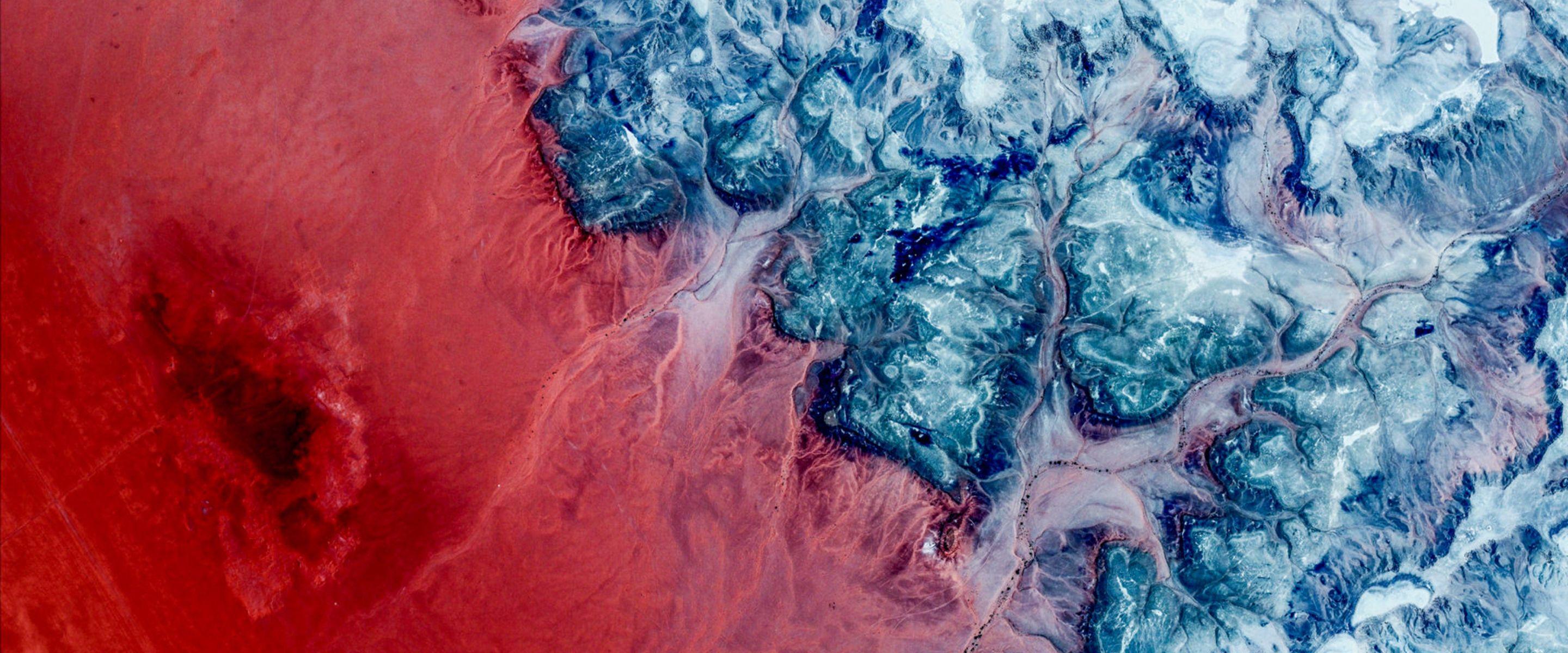

Google Chrome for Mac is widely popular because it offers Google-specific features on your Mac.ĭownload Google Chrome on your Mac to get a multi-functional web browser that’s easy to use and customize, no matter your skill level. Because Google has used parts from Apple's Safari and Mozilla's Firefox browsers, they made the project open source. It utilizes very fast loading of Web pages and has a V8 engine, which is a custom built JavaScript engine. The Google Earth plugin itself was deprecated in December and is set to stop working on 12th December 2015.įirefox is also slowly phasing out NPAPI plugins and as far as we know the latest Internet Explorer only allows them in the 32 bit version in compatibility mode and not at all in the 64-bit version.Google Chrome is a Web browser by Google, created to be a modern platform for Web pages and applications. It is still possible to get them back is via a Chrome flag, but presumably that option will soon be disabled too.įor now, if you really need the Google Earth plugin in Chrome 32-bit, you can reenable NPAPI by entering the url: chrome://flags/#enable-npapi in the address bar then selecting ‘Enable’ below the ‘Enable NPAPI’ section then relaunch the browser. Now, Google has just released Chrome version 42 that drops support for NPAPI plugins by default. Over time, however, Chrome has been making it increasingly difficult to run NPAPI plugins, requiring the user to explicitly allow a plugin to run before displaying it.

However, the 32-bit version still supported it and has continued to support it. In September Google released a 64-bit version of Google Chrome that did not include support for the Google Earth plugin or other NPAPI based plugins.

It is being dropped largely because it is considered a potential security risk. NPAPI is an ageing technology used by, most notably, Java, Silverlight and the Google Earth plugin.

In June last year the Google Chrome team announced that they would be ending support for NPAPI based plugins by September 2014.


 0 kommentar(er)
0 kommentar(er)
